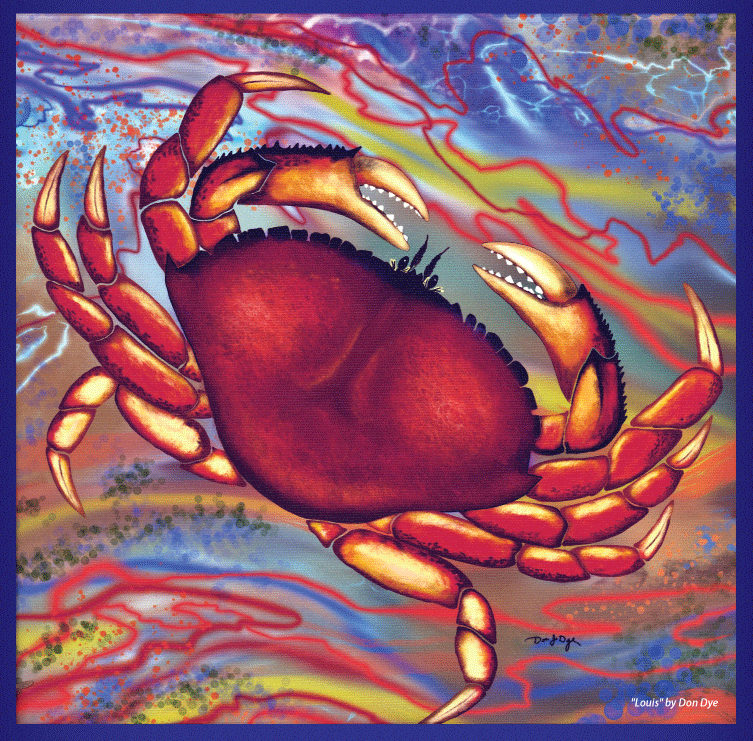Olympic Coast Discovery Center
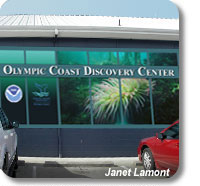
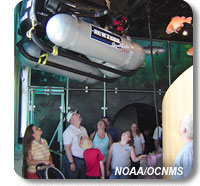
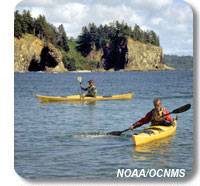
Olympic Coast National Marine Sanctuary has a total area of 3,188 square miles – it’s kind of hard to miss. But your first stop should be The Olympic Coast Discovery Center, on the Port Angeles waterfront. It’s a great place to begin your learning adventures on the Olympic Coast. Visit Website
FEIRO MARINE LIFE CENTER
Get a close-up, real-time view of the ocean and tidepools!
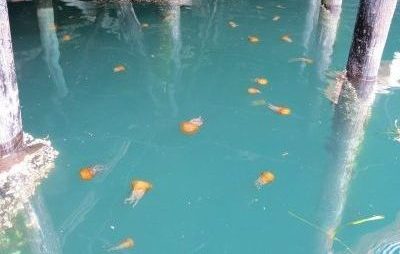
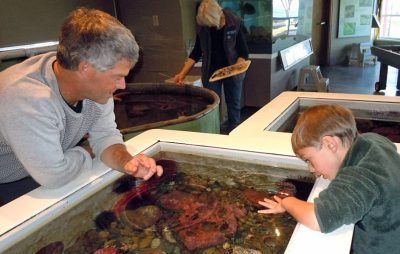
The Feiro Marine Life Center showcases sea stars, crabs, anemones, nudibranchs, and rockfish from our local coast. We also have a giant Pacific octopus!
Get a hands-on view at the microscope station and check out some of the area’s natural history through displays of whale bones and shells, sculptures and murals, and three touch tanks.
The Marine Life Center is a fun, safe, and easy way for people of all ages and physical abilities to experience the marine waters of the North Olympic Peninsula.
Admission fee: Adults $6.00, Seniors $5.00, Kids Age 3 and older $4. Children under 3 are free. Hours are 10 am-4 pm daily throughout the festival weekend. Learn More at the Marine Life Website
MARINE DEBRIS ART FROM TRASH TO TREASURES
WHAT IS MARINE DEBRIS?
Marine debris is trash that somehow ends up in the ocean. Recognize this plastic water bottle? It could be the one you threw away several months ago – not at the beach, but at your home! It just blew out of your garbage, landed in a nearby waterway, and floated out to the coast. Now it’s degrading and poisoning our coastal wildlife. Or maybe a commercial fishing boat lost some gear in one of our notorious winter storms. No matter where you live or what kind of work you do, marine debris is everyone’s problem.
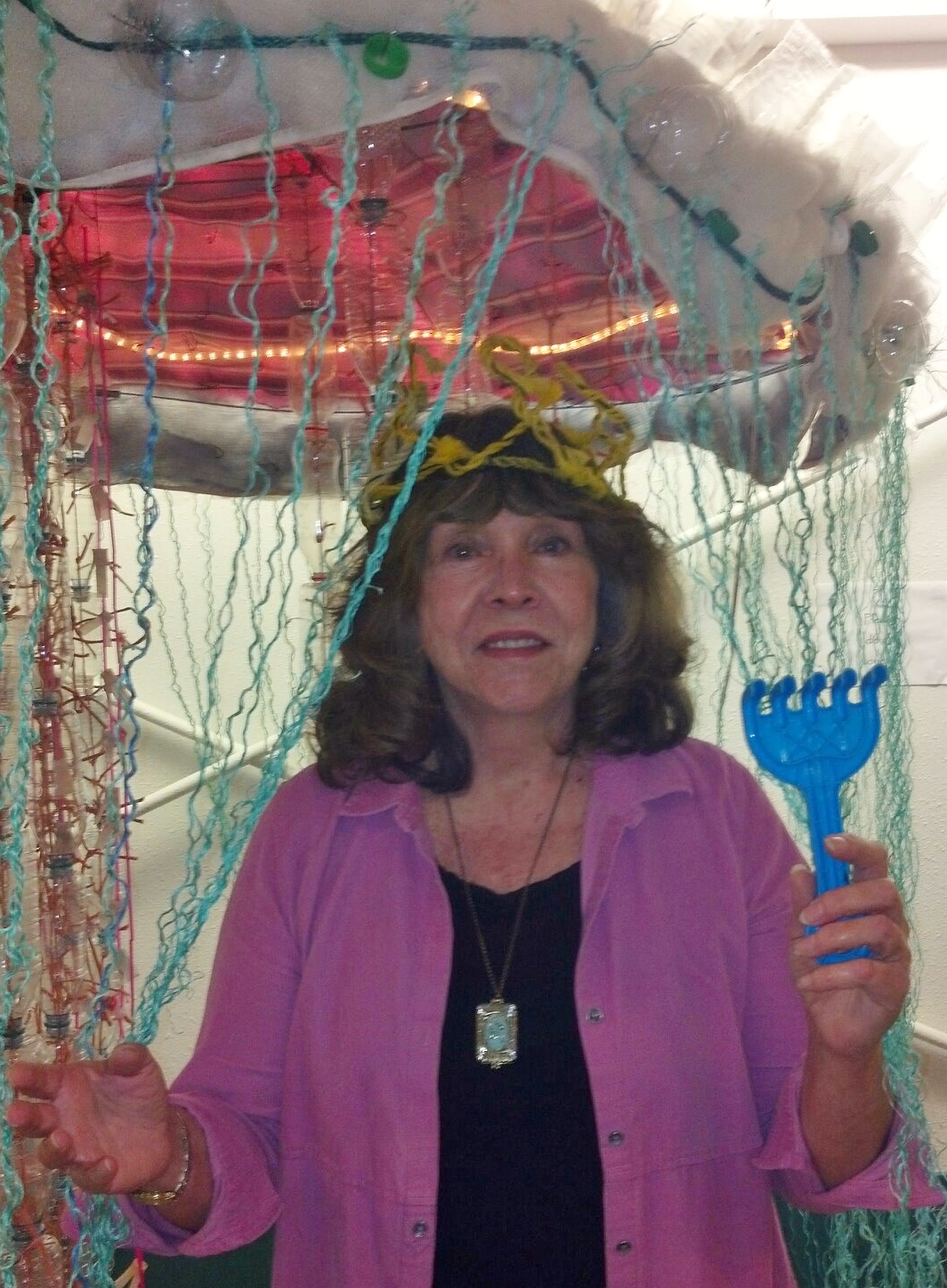
FIRST FED CRAB CENTRAL PAVILION
In the main tent, look for Jennifer Bright’s popular 7-foot JELLYFISH, and Sarah Tucker’s OCTOPUS, a sculpture which has been created with debris gathered by volunteers from the many organizations associated with CoastSavers.
THINK ABOUT IT
The art pieces invite us to consider our role in the debris that has invaded our marine environment and the toxicity of marine waste. They remind us to keep these critical environmental issues in the forefront of our minds and eco-decisions.
